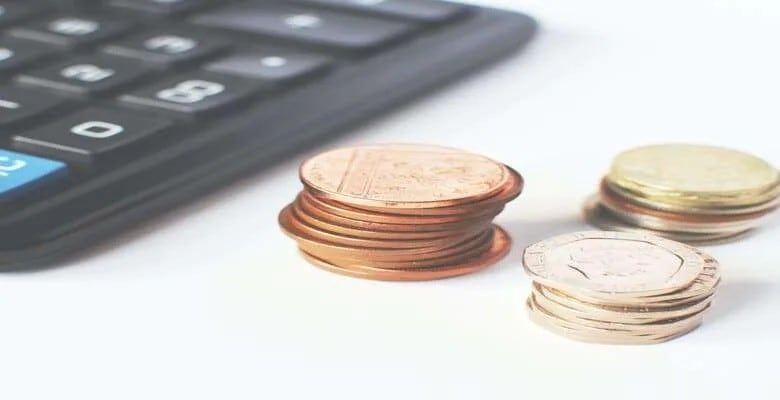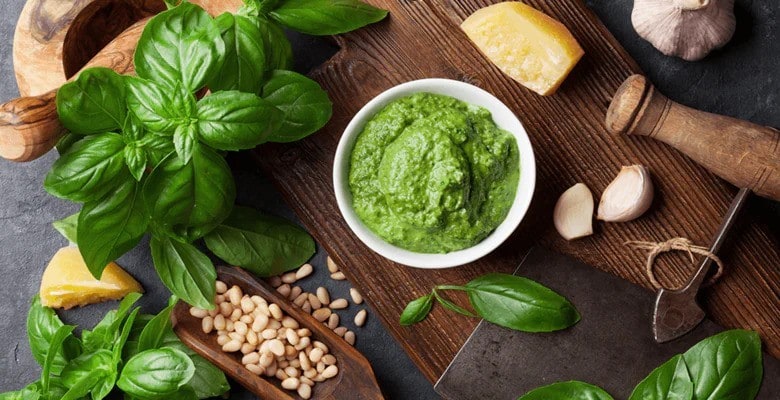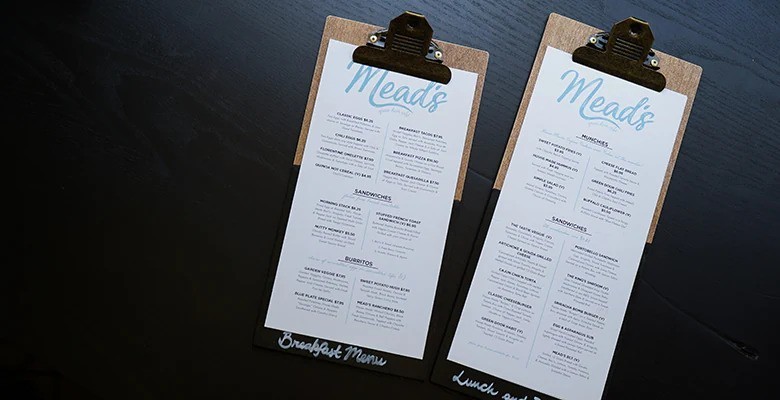One of the top goals of restaurant business owners is to make money — the bigger the profits, the better. It all boils down to your menu pricing and getting diners to spend more. While it’s ideal to sell items for maximum profit, you have to be realistic too. If it’s priced too high, people may not order it. There are two ways you can calculate your ideal menu pricing. They’re food cost and gross profit margin.
Pricing Menu Using Food Cost
Food cost is the percentage of an item’s menu price spent to acquire and prepare that item. Pricing the menu as such can be done in 3 easy steps.
1. Identify desired food cost percentage
Food cost percentage is a way to determine how much your restaurant makes on any given dish. Keep the cost low and you’ll have better profit margins. On average, your food cost percentage should be in the range of 28-32%, but anything under 30% is considered good.
2. Calculate menu cost
A menu cost refers cost of its raw ingredients. For example, if you plan to serve seafood soup, try to compute the cost of all the ingredients, including shrimps, clams, stock, spices, herbs, and oil.
3. Calculate your menu price
Let’s take a look at the example below:
- The ideal food cost percentage = 40%
- Menu cost = $10
In this example, divide $10 by 40%. The price on your menu should be $25.

Pricing Menu Using Gross Profit
Another way to determine your menu price is to determine the gross profit. The greater your gross profit, the more you have leftover after deducting labour and operating costs. Therefore, it’s important to make sure you have high profit items.
1. Determine your ideal gross profit margin
A restaurant’s gross profit can be as low as 20% and as high as 80%. You determine what works best for you.
2. Calculate menu cost
Like the previous method, tabulate the cost of raw ingredients to make each item. While main ingredients such as lobsters, crabs, and fish may seem simple to calculate, other ingredients such as your soy sauce, vinegar, salt, and sugar may seem tougher!
To calculate the cost of these ingredients in your menu, you’ll need to take note of the amount of the ingredient at the start and end of the day, as well as the number of dishes sold for the day. From there, you are able to find out the amount of ingredient used for per dish.
Using this amount, you’ll then be able to find out the cost of each ingredient to help you calculate your menu cost.
3. Calculate your menu price
Ideal gross profit margin = (Menu price — Raw food cost) / Menu price
Let’s take a look at the example below:
- The ideal gross profit margin is 80 percent
- Menu cost is $10
The equation will appear as follows: 80% = (Menu price – $10) / Menu Price. The complete equation after solving for the menu price will look like this: 80% = $50 - $10 / $50. In this example, the price you will choose for your menu is $50.
Each restaurant is unique. Some pricing methods work better for other restaurants and some don’t. How do you evaluate whether your items are priced right? Enter menu engineering.


What is Menu Engineering?
Menu engineering is a concept developed by Michigan State University to help restaurant owners determine whether menu items are overpriced or under-priced, whether you need to revise recipe portions or ingredients. It also allows you to make informed decisions about popularity versus profitability.
How to do Menu Engineering
You can evaluate a menu item’s profitability based on its contribution margin. The contribution margin is the menu price minus the cost.
Next, place your items into the 4 categories:
- Gold: popular and high in profit
- Silver: popular, but low in profit
- Bronze: high in profit, but unpopular
- Dog: unpopular and low in profit
As you’re reading these three types, you may have started classifying items in your restaurant. Now see how you can what strategies you can put in place for each item in your menu.
1. Gold: popular and high in profit
Keep these items but feature them prominently on your menu.
Top tips:
- Raise the price slightly and see if demand is affected
- Have your staff recommend these items actively to increase customer demand
2. Silver: popular, but low in profit
Since these items still take effort to produce and yet generate small margins, don’t spend much on marketing these items.
Top tips:
- Similar to gold items, try raising the price and see demand is affected
- Reduce cost by slightly decreasing portion sizes
- Find alternative ingredients, which are less pricey and without sacrificing quality
3. Bronze: high in profit, but unpopular
Most of the time, these items are overpriced.
Top tips:
- Reduce the price and check if demand increases
- Make the items more visible by offering it as a daily special
- Drop the item if ingredients are easily perishable or are difficult to store
4. Dog: unpopular and low in profit
Items which have low demand and low popularity should be dropped immediately. Your restaurant may be bleeding cash because of this entry. If most of your items in this category, please consult with a marketing expert.
As a restaurant owner you need to make calculated decisions about whether to keep or remove dishes; whether to raise or lower a menu item’s price, change portion sizes or ingredients; and how to identify profitable items to increase sales of those dishes.